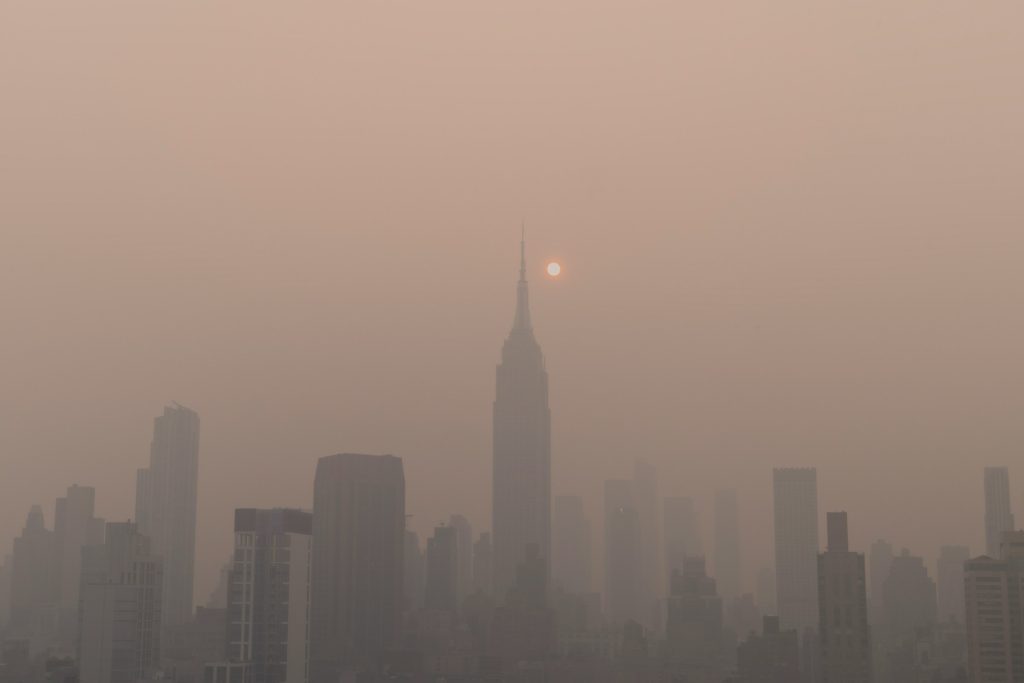Improving indoor air quality has become a hot topic in 2024, with more people aware of the health risks posed by polluted indoor environments. If you’re looking to breathe easier, there are several lesser-known indoor air quality tips that can make a big difference in your home environment. In this article, we’ll explore effective and practical strategies to ensure the air inside your home stays fresh, clean, and healthy.
In today’s world, most of us spend a significant amount of time indoors, whether at home, in the office, or in other indoor environments. However, the air inside our homes is often more polluted than the air outside, which can lead to health issues such as allergies, asthma, and other respiratory problems. Surprisingly, even simple activities like cooking, cleaning, and using certain household products can degrade indoor air quality.

Why Indoor Air Quality Matters More Than Ever
Indoor air quality (IAQ) plays a critical role in your health and well-being. According to the Environmental Protection Agency (EPA), indoor air pollutants can be 2 to 5 times higher than outdoor levels. Poor IAQ is linked to a range of short-term and long-term health issues, including headaches, dizziness, allergies, and even more severe conditions such as respiratory diseases.
Given the growing awareness of IAQ, it’s no surprise that air purifiers, eco-friendly cleaning products, and indoor plants are gaining popularity. But beyond the obvious solutions, there are lesser-known strategies to improve your home’s air quality that you may not have considered.
1. Invest in a High-Quality Air Filter
One of the easiest ways to enhance your indoor air quality is by upgrading your air filters. While many people focus on air purifiers, they often overlook the importance of using the right filters in their HVAC systems. A high-efficiency particulate air (HEPA) filter can trap up to 99.97% of airborne particles, including dust, pollen, pet dander, and mold spores.
Why it works:
- HEPA filters are designed to capture particles as small as 0.3 microns, which are the most harmful to your respiratory system.
- Regularly changing your air filters can prevent the buildup of pollutants in your HVAC system and improve air circulation in your home.
Tip: Make sure to check and replace your air filters every 3 months, or as recommended by your system’s manufacturer.
2. Manage Humidity Levels
High humidity creates the perfect breeding ground for mold, mildew, and dust mites, all of which can degrade indoor air quality and cause respiratory issues. Keeping indoor humidity levels between 30-50% can help reduce these allergens and keep the air in your home cleaner.
How to manage humidity:
- Use dehumidifiers in areas prone to excess moisture, such as bathrooms, kitchens, and basements.
- Ensure your home is well-ventilated, especially when cooking, showering, or doing laundry.
- Fix any leaks or water damage immediately to prevent mold growth.
Pro Tip: Consider investing in a hygrometer to measure the humidity levels in your home and adjust accordingly.
3. Introduce Activated Charcoal (Carbon) to Absorb Pollutants
Activated charcoal, also known as activated carbon, is a highly effective natural air purifier that many people overlook. Its porous structure allows it to absorb chemicals, gases, and odors from the air, making it an excellent addition to your home’s air quality efforts.
How to use activated charcoal:
- Place small bags of activated charcoal in areas prone to odors, such as the kitchen, bathrooms, and closets.
- Look for air purifiers that incorporate activated charcoal filters, which are particularly effective at removing volatile organic compounds (VOCs) from the air.
Bonus: Activated charcoal is non-toxic and eco-friendly, making it a safe and sustainable option for improving indoor air quality.
4. Avoid Synthetic Fragrances and Use Essential Oils
Many household products, such as air fresheners, candles, and cleaning sprays, release synthetic chemicals into the air, contributing to poor IAQ. These synthetic fragrances often contain phthalates, which can cause headaches, dizziness, and exacerbate asthma symptoms. Instead of relying on these products, consider using essential oils to freshen your home.
How to switch to natural alternatives:
- Replace chemical-laden air fresheners with a diffuser and pure essential oils like lavender, eucalyptus, or lemon.
- Choose cleaning products that are fragrance-free or made from natural, plant-based ingredients.
Why it works: Essential oils not only smell great but also have natural antimicrobial properties that can help purify the air.
5. Keep Houseplants That Purify Air
Houseplants do more than just brighten your home—they can also act as natural air purifiers. Plants absorb carbon dioxide and release oxygen, but certain species can also remove toxins such as formaldehyde, benzene, and ammonia from the air. NASA’s Clean Air Study identified several plants that are particularly effective at improving indoor air quality.
Top air-purifying plants:
- Spider Plant: Great for removing carbon monoxide and formaldehyde.
- Peace Lily: Known to filter out mold spores and VOCs.
- English Ivy: Effective in removing airborne fecal matter and formaldehyde.
- Snake Plant: Releases oxygen at night, making it ideal for bedrooms.
How to care for your plants: Be sure to water them regularly and keep them in well-lit areas for maximum air-purifying benefits.
6. Use Beeswax Candles Instead of Paraffin
Most store-bought candles are made from paraffin, a petroleum by-product that can release harmful chemicals like benzene and toluene into the air when burned. Beeswax candles, on the other hand, burn cleanly and emit negative ions that help remove dust, pollen, and other airborne particles from the air.
Why beeswax candles are better:
- Beeswax burns longer and cleaner than paraffin, making it a safer and more eco-friendly choice.
- They can naturally purify the air, which is beneficial for those with allergies or asthma.
Tip: Choose 100% pure beeswax candles with cotton wicks for the best air-purifying effects.
7. Regularly Clean and Vacuum with a HEPA Filter Vacuum
Dust and allergens tend to accumulate in carpets, rugs, and upholstery, contributing to poor indoor air quality. Regular cleaning is essential to minimize dust mites and other particles that can trigger allergies or asthma. But not all vacuums are created equal—using a vacuum with a HEPA filter can ensure you’re capturing and trapping those tiny particles instead of releasing them back into the air.
How to clean effectively:
- Vacuum your home at least once a week, paying special attention to high-traffic areas and pet zones.
- Use a microfiber cloth when dusting to trap particles, instead of just moving them around.
Pro Tip: Don’t forget to clean your vacuum’s filter regularly to ensure it’s working efficiently.
Conclusion
Improving indoor air quality doesn’t have to be complicated or expensive. By incorporating these indoor air quality tips into your daily routine, you can create a healthier and fresher living environment for yourself and your family. From upgrading your air filters to choosing natural air-purifying solutions like plants and beeswax candles, small changes can make a big impact on the air you breathe.
In 2024, as more people focus on health and wellness, paying attention to the air quality inside your home is crucial. Take action today, and start breathing better tomorrow.
References:
- Environmental Protection Agency. (2023). Indoor Air Quality (IAQ). Available at: EPA
- Harvard Health Publishing. (2023). How to Improve Indoor Air Quality. Available at: Harvard Health
- Mayo Clinic. (2023). Tips for Reducing Indoor Allergens. Available at: Mayo Clinic
- Cleveland Clinic. (2023). How to Improve Air Quality in Your Home. Available at: Cleveland Clinic
- NASA. (2023). NASA Clean Air Study: The Top Air-Purifying Plants. Available at: NASA









